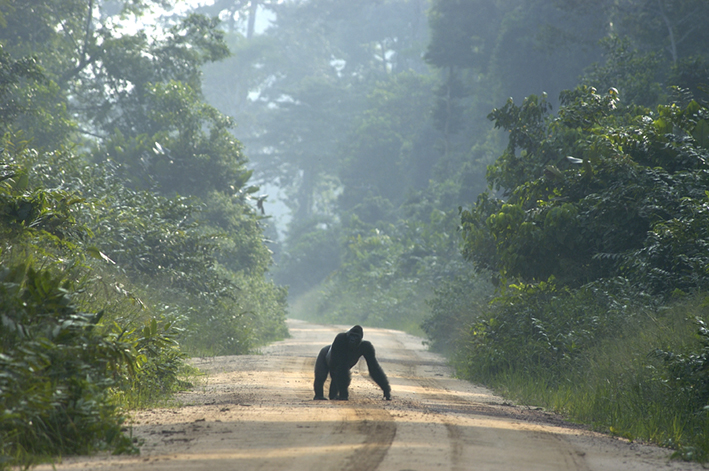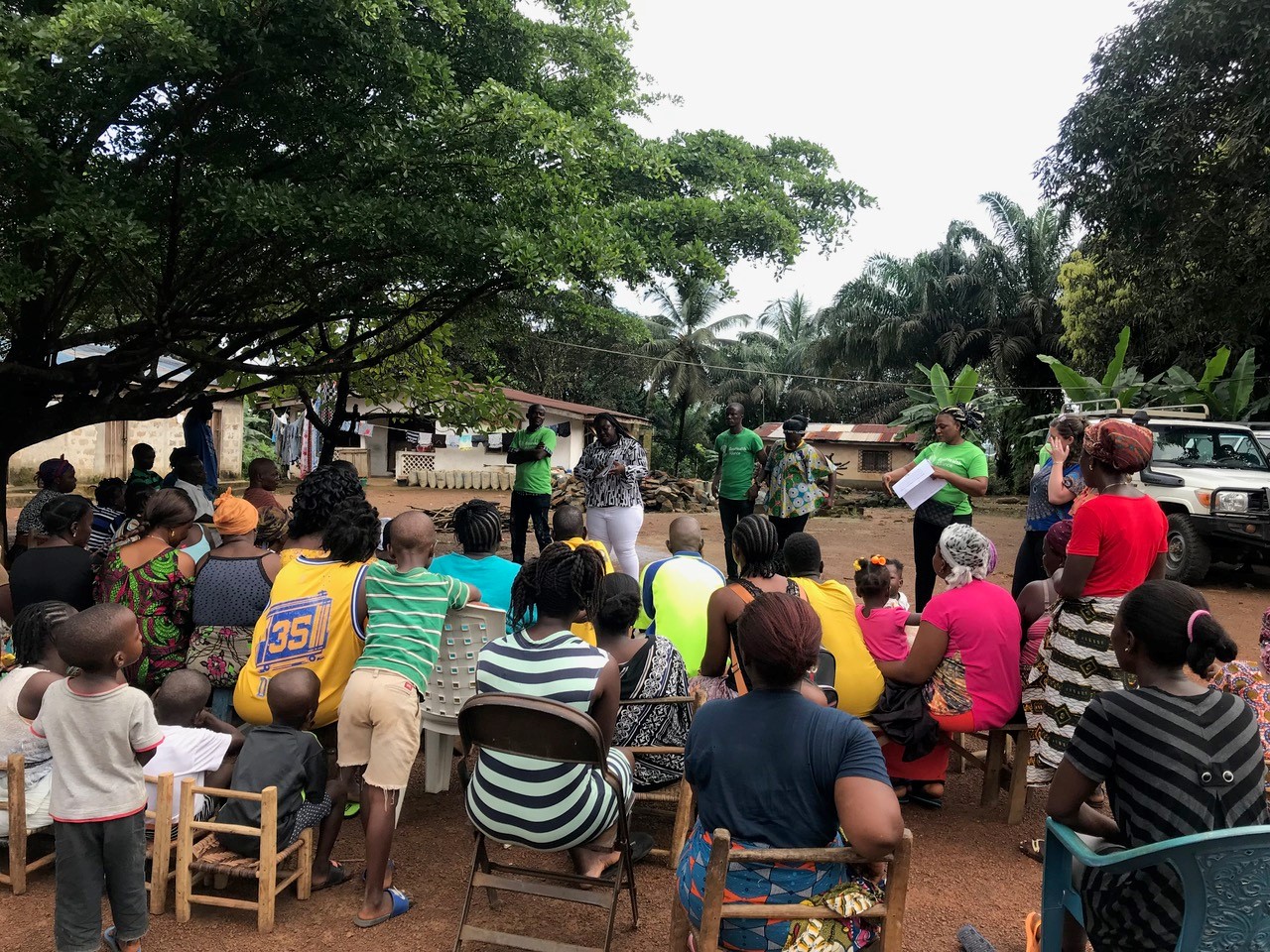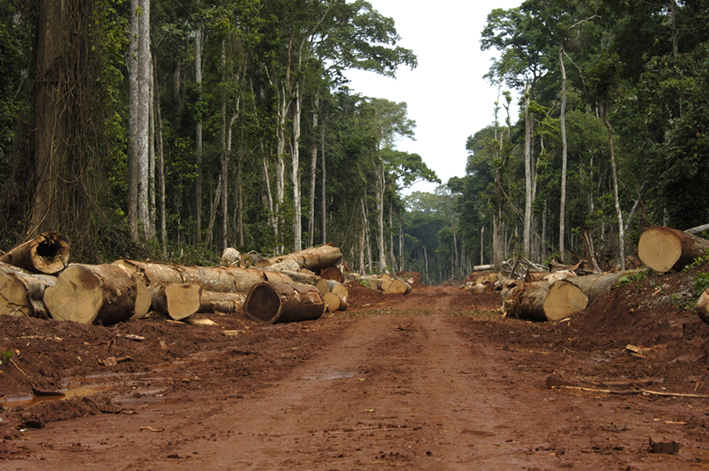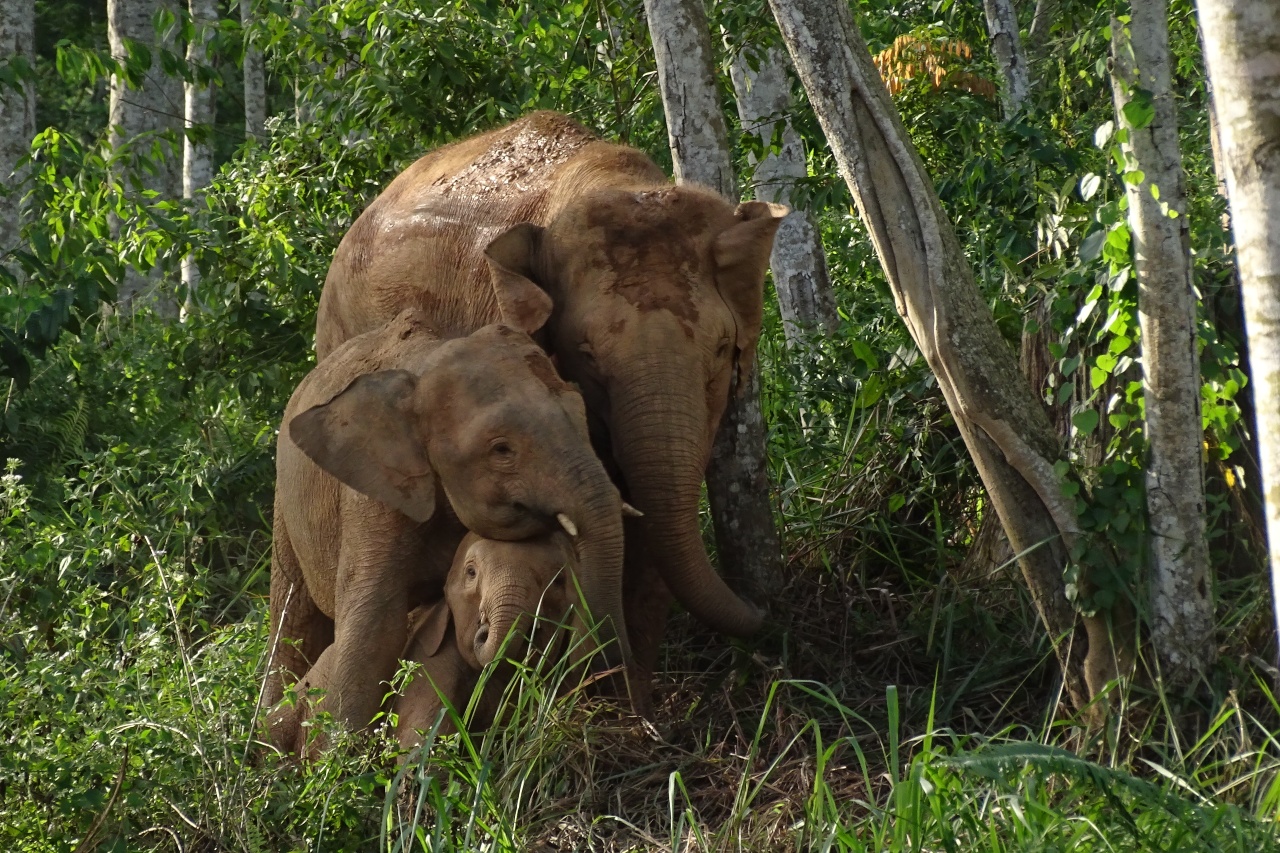Coronaviruses are not new. SARS-CoV-2, the virus responsible for the disease COVID-19, is among the group of coronaviruses that have been among humans for hundreds of thousands of years. However, something has changed. Alterations in land use and animal-based food production, in addition to wildlife trade, are among the drivers of emerging diseases, increasing the rate at which new pathogens become public health threats. Moreover, the previous stability in ecosystems that reduced the likelihood of spillover events is now diminishing.
While most new diseases affecting humans have had their roots in nature, the frequency of their emergence has accelerated in recent decades. Some of these diseases are zoonoses that are maintained in wild animal populations and passed on to humans directly; e.g. Lassa Fever and Marburg virus. Another category of pathogens has evolved from wildlife and adapted to spread between and be sustained by humans, such as measles, mumps and HIV - and apparently also the Severe Acute Respiratory Syndrome (SARS) viruses.
The precise point at which the virus changed and established itself in humans has not been confirmed for COVID-19. To prevent future catastrophe for humans, domestic animals and wildlife alike, it is critical that we improve our understanding of the mechanisms, pathways and drivers of such events.
We have experienced three major emergence events from the coronavirus family into human populations in 17 years, with the SARS epidemic in 2003; the Middle East Respiratory Syndrome (MERS) first detected in 2012 (apparently acquired from domestic camels); and the current global crisis, which appears to have started in 2019. The precise point at which the virus changed and established itself in humans has not been confirmed for SARS or COVID-19. When a virus’ animal host or its mechanism for evolution in humans is unknown, it can be extremely difficult to predict epidemic or pandemic threats. To prevent future catastrophe for humans, domestic animals and wildlife alike, it is thus critical that we improve our understanding of the mechanisms, pathways and drivers of such events, and develop international and national systems to assess and reduce emerging disease risks at their source.
At present, there is no intergovernmental agency with the mandate to oversee wildlife health, and fragmented responsibility at country level means that this task typically falls between environment and veterinary services. Additionally, a World Bank report published in 2012 pointed to countries’ extremely low or lacking investment in wildlife health services, a shortfall that remains widespread today. As a result, deficits in wildlife health oversight, surveillance, and management leave the world chronically vulnerable to emerging diseases from nature. Thus, we call for the designation of a global authority for wildlife disease to foster development of countries’ capacities to manage disease threats to and from wild animals, including at the interface between human, domestic animal, and wild animal populations.
Such an agency would provide guidance and investment for wildlife health at the levels that the World Health Organization (WHO) and World Organisation for Animal Health (OIE) provide to countries in the domains of human and domestic animal health, respectively. This authority would need to work very closely with established actors in the health sector under a One Health umbrella, and ensure sufficient coverage of wildlife and other environmental dimensions presently missing from initiatives under human or domestic animal health agencies.











Ajouter un commentaire